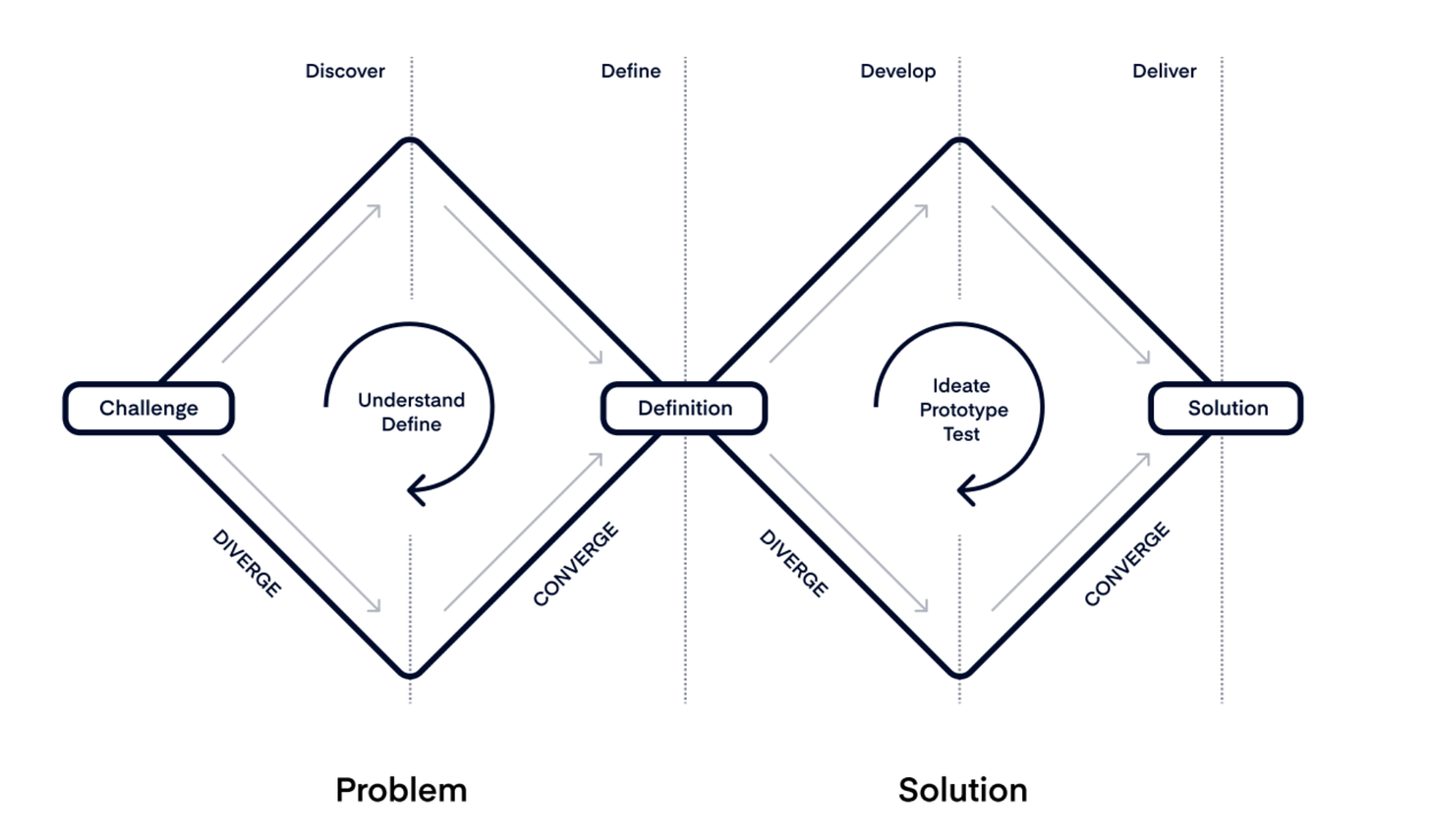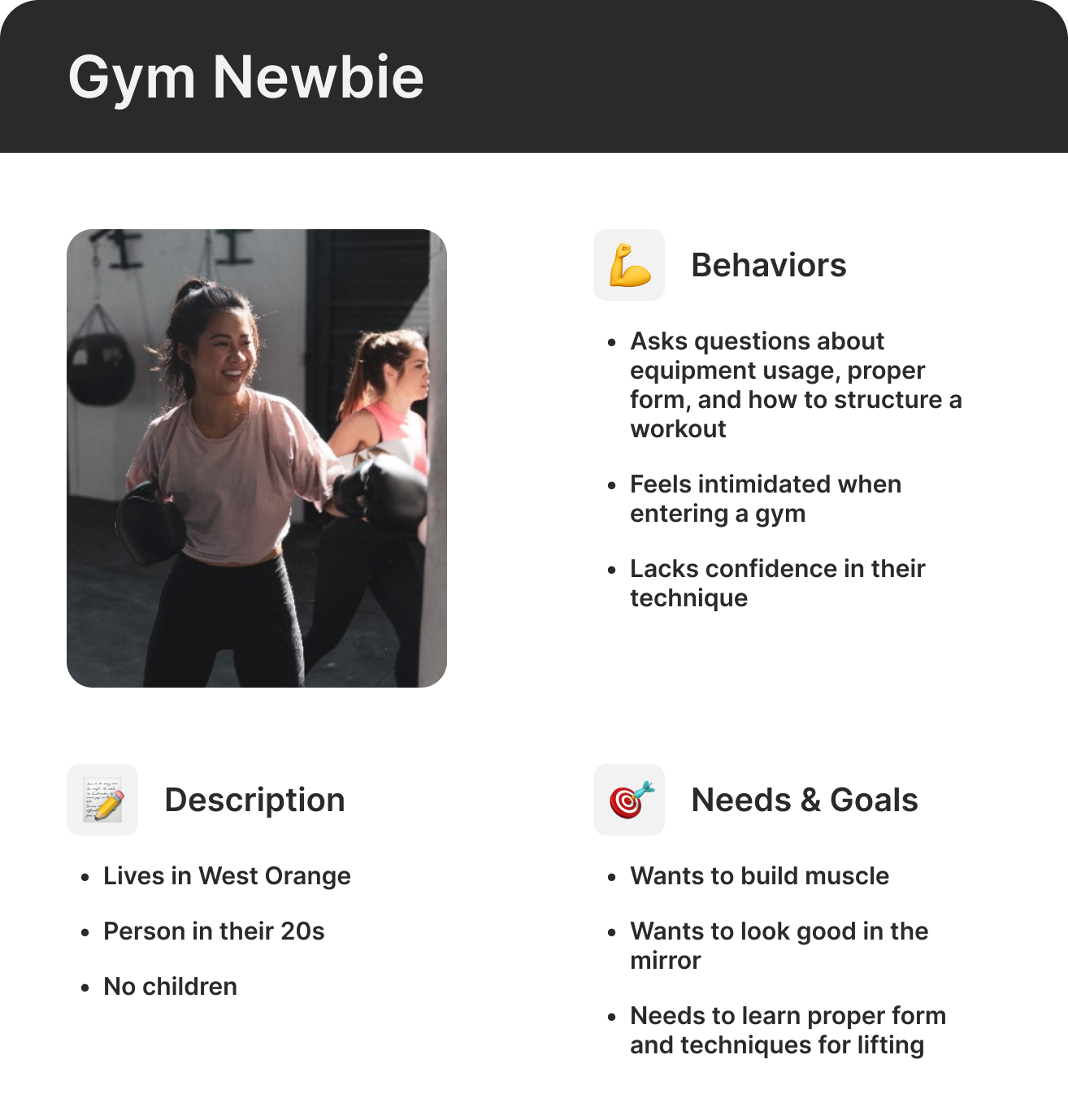006: The design process.
With design thinking, I could do almost anything. I could even build my own company.
What’s up family. When I was first getting into product design in 2019, I read a book called The Design Thinking Playbook by Michael Lewrick, Patrick Link, and Larry Leifer. Even though I was reading this book because I wanted to get a design internship, I remember having the realization that this thing called design thinking goes way beyond just product design. With design thinking, I could do almost anything. I could even build my own company.
“Design thinking enables you to create something new in a rapidly changing world.”
- The Design Thinking Playbook
In essence, design thinking is creative problem solving. And it is the most important and irreplaceable skill that a designer has. It’s so important that just about every design position you interview for will have some form of a design challenge which tests this very skill.
When you are a design thinker, no problem is too complex for you. Equipped with the right tools and processes, you can navigate even the most ambiguous of problems and come up with a reasonable solution. Design thinking can be used to do almost anything — from comforting a baby to building a rocket ship that can transport humans to Mars.
The first step towards using design thinking is to understand the design process. This can be intimidating at first. There are so many different steps to learn and so many different applications and contexts that it can feel like you’ll never figure it out. I remember my first introductory class to the design process. I came in clueless and left confused. But just like anything, the more you practice it, the easier and more natural it becomes.
In this article I’ll walk you through the process and share some tools you can use in each step.
The double diamond.
There are two primary modes of thinking in design — divergent and convergent thinking. Divergent thinking is about developing a large quantity of new ideas. Convergent thinking is about narrowing down on the ideas. The design process has 2 cycles of divergent and convergent thinking. One cycle for the problem, and one cycle for the solution. This results in 4 phases, also known as the double diamond.
Discover — gather data around your challenge.
Define — define a problem to focus on.
Develop — brainstorm and design solutions.
Deliver — test and launch the top solutions.
To best illustrate this process, let’s start with a design challenge: build a fitness app for gym newbies. If you’re like me, your first instinct might be to just start figuring out what the app will look like. But let’s take a second and work backwards from our ideal state.
In order to have a fitness app that gym newbies actually like, we need to test a few solutions and launch the best one. We can only test solutions if we have a list of testable solutions to choose from. In order to generate a list of solutions, we need to know what problem we are solving and who we are solving it for, otherwise we are just coming up with random, groundless ideas. And in order to know what problem we are solving, we need to gather data.
1. Discover.
In the discover phase you want to gather data and develop an understanding of the problem space that you are in. You’ll want to ask questions like:
Why is this important (i.e. how does this benefit our business & the world)?
Who are our competitors (i.e. are there any other fitness apps out there)?
Who is this for?
What are our users’ current tasks and activities (in relation to our product)?
How does the user currently think about their tasks and activities?
What are the users’ goals and motivations for using a product like this?
What problems and frustrations do users have (in relation to our product)?
In order to gather this information you can make use of the following tools:
At the end of this process you should have a plethora of information. That’s what divergent thinking gets you. The next step is making sense of it all.
2. Define.
The define phase is about integrating all the information you gathered. By the end of this step, you want a model of your user that defines their goals, pain points, and behaviors. You also want a clear and concise problem statement.
e.g. “Gym newbies struggle to get in the gym because they don’t know where to start and lack confidence.”
I just made that statement and persona up on the spot so they don’t have any research backing it up. But the problem statement and persona you come up with will be much more grounded.
In order to synthesize this information you can make use of the following tools:
If you are unfamiliar with any of the tools I just listed, you can learn more by clicking on the links.
3. Develop.
In the develop phase, you switch back to divergent thinking — trying to come up with as many ways to solve the problem that you can. You also want to continually test these ideas and use the feedback to iterate.
This is a very involved process and typically the area that designers spend the most time in. So if you are new, don’t be surprised if this part of the process feels difficult. You need an understanding of interaction design to complete this step.
In order to develop ideas, you can use tools such as:
Make sure that your solutions address the goals and problems that you defined in the earlier steps. The solutions you come up with will be relevant because you have a clear understanding of your user. This is all thanks to the first two phases of the design process.
4. Deliver.
Congratulations! If you’ve made it to this phase then you are just about ready to launch your product to the market. You’ve developed an understanding of your problem and users; you brainstormed and designed a number of potential solutions; and you’ve validated a desirable version of your fitness app through user testing.
In this step you’ll do some final tests to make sure there are no bugs in your app and make sure there aren’t any other issues. You’ll need to work with a software engineer to complete this step and launch your product to the market.
Conclusion.
I should add that the design process is never linear. You might expect to go through each step one at a time, but in practice you’ll find yourself repeating some steps. You may even bedoing some at the same time as you learn more about your user and your problem. You might test a solution with some users and find out that they don’t actually have the problem you thought they had. So you go back to the discover phase and see if you can identify a more accurate problem. Maybe you are trying to define a problem but you realize you don’t have enough information, so you go back.
All of this is okay and natural. Embrace the ambiguity and trust that the longer you spend on the project, the more clear your outcomes will become.
The double diamond is one design process framework of many. I found this process more beginner friendly, but maybe others work better for you. So go out and find the process that suits you!
My month in review.
I attended a couple of networking events for black people in tech. I met some cool and motivated people! If you’re in the DC area, definitely check out BlackGovTech and Techsgiving.
I’m very close to finishing the UI design course I’ve been taking.
I’m currently reading UX Strategy. It’s all about learning how to combine strong user experience design with business strategy to create disruptive products.
Every month I’m growing in my role as a product designer at Meta. I’m thankful to all of my mentors who have been guiding me on my journey.





Wow, design thinking makes so much sense and I can see how it leads to some amazing products being designed!